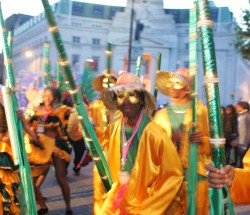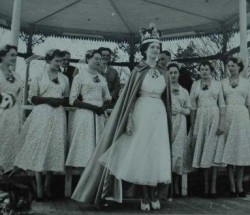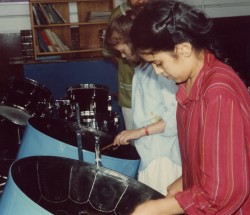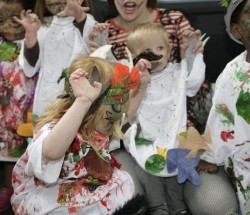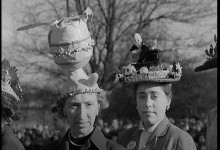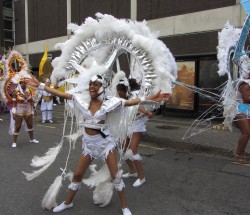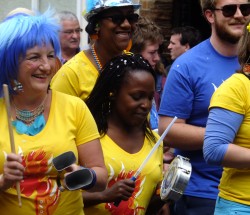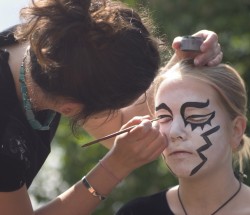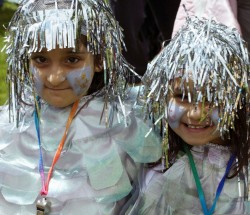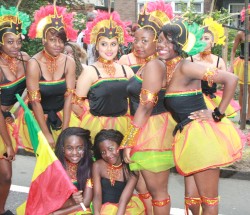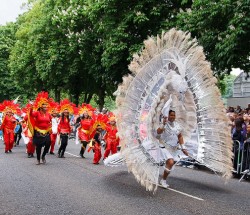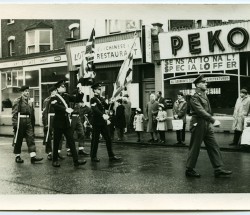Archive
Bedfordshire Carnivals
Processions have always been a feature of celebrations in Luton. Guild Feasts began in Luton in the late 1400s and these included a procession.
Jubilee celebrations were popular under Queen Victoria, due to increased communications across the country and the length of Victoria's reign (63 years, the longest of any British monarch).
1896 – In Luton they held a procession to celebrate the opening of the Plait Halls. These were a form of indoor market and opened in 1869. These covered the area that is now The Mall. The Plait Halls were where straw plaits were sold that could be made into hats or bonnets.
A description of the event from the London Illustrated News: "January 30th 1869 procession, with flags, music, and a guard of rifle volunteers from the Town-hall, through George-street and Cheapside, to the Waller-street entrance. The ceremony of opening took place in the Plait Hall on that side, which had been decorated with mottoes beautifully worked in straw, and hung upon the walls, besides ornamental sheaves of wheatstraw, evergreen garlands, and banners."
The Peace Day Riots:
Saturday July 19th 1919 was a national day of celebrations. In Luton, events started with a procession to the Town Hall from Luton Hoo.
Angry at the lack of jobs (servicemen had been promised that post-war Britain would be a 'Land it for Heroes' by the government) and the continuation of rationing, some ration books were set on fire and this quickly spread. The result was that the whole town hall was burnt down. Although riots also broke out in other towns and cities on this day, Luton was the only place to lose the whole building.
The Silver Jubilee of George V in 1935 also saw a lot of street processions in Luton.
1939-1945 - The Second World War. Carnivals and parades were held during this time to raise money for the war effort.
1945 – The heyday of the street party was VE Day which marked the end of war in Europe.
1950s – St George's Day parades were popular and focused on a parade of Scouts and Servicemen.
1953 – This is possibly when the first Easter Bonnet parade was held to tie in with celebrations of the Coronation of Elizabeth II. There was also a need to revitalise the hat industry after the Second World War and an Easter Bonnet Parade was seen as a good way of doing this. To boost worker morale they chose a Carnival Queen from amongst the female workers in the hat factories.
1976 – The first Luton Carnival as we know it. This began as a Victorian Fayre with a procession and was held to celebrate the 100th anniversary of Luton becoming a Borough. Over the years the fair element has declined and now the focus is on the carnival procession.
1998 – Luton Carnival acquired International status.
2007 – Carnival cancelled due to heavy rain and flooding.
2009 – Luton's reputation as a carnival town is cemented with the opening of the UK Centre for Carnival Arts.
2012 – The Carnival was moved from May to July to coincide with the arrival of the Olympic Torch in Luton.



